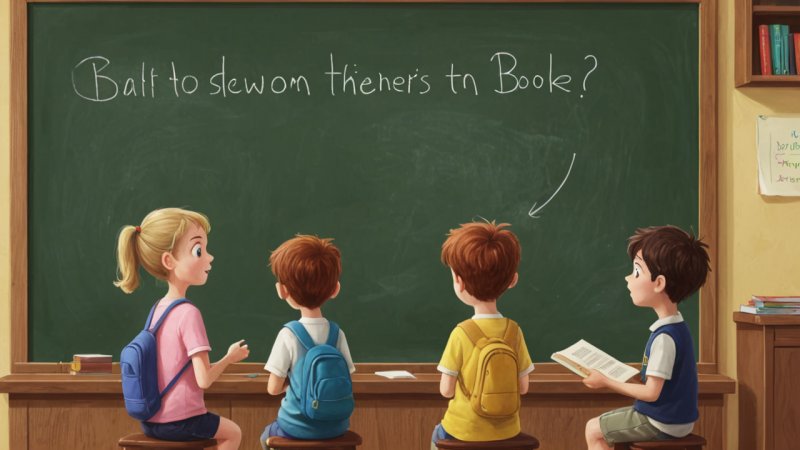Engaging young readers in character analysis can significantly enhance their understanding and appreciation of children's literature. This approach not only deepens their comprehension of the stories but also fosters critical thinking and empathy. By discussing the motivations, traits, and growth of characters, we can help children connect more deeply with the narratives. Here are five effective strategies to incorporate character analysis into children's book discussions.
1. Start with Relatable Characters
Choose books that feature characters children can identify with or aspire to be like. This connection helps them relate to the characters’ experiences and emotions. For example, in Charlotte's Web by E.B. White, Wilbur the pig’s journey from fear to friendship resonates with many young readers. Encourage discussions that explore:
- What traits do they admire in the character?
- Have they ever faced similar challenges?
- How would they feel in the character's situation?
2. Explore Character Motivations
Understanding why a character behaves in a certain way can open up rich discussions. Delve into the motivations that drive characters’ choices. For instance, in The Giving Tree by Shel Silverstein, the tree’s selflessness invites children to think about love and sacrifice. Ask questions like:
- What motivates the character’s actions?
- Do they think the character made the right choices?
- How do these motivations affect other characters?
3. Discuss Character Growth
Character development is a key element in storytelling. Highlight how characters evolve throughout the story and what events contribute to their growth. In Matilda by Roald Dahl, Matilda’s transformation from an overlooked girl to a confident heroine can spark discussions on personal growth and resilience. Consider these prompts:
- What challenges does the character face?
- How do they change by the end of the story?
- What lessons can they learn from their journey?
4. Use Creative Activities
Incorporating creative activities can make character analysis more interactive and fun. Encourage children to draw their favorite character or create a character diary that details the character’s thoughts and feelings throughout the story. Activities can include:
- Role-playing scenes from the book.
- Writing letters to the character.
- Creating a character map that outlines relationships with other characters.
5. Connect to Real Life
Help children make connections between the characters in their books and real-life situations. This can deepen their understanding of complex themes such as friendship, courage, and kindness. For example, when discussing Harry Potter by J.K. Rowling, you can explore themes of loyalty and bravery. Questions to consider might include:
- How do the characters’ choices reflect real-life values?
- Can they think of a time when they had to show courage?
- What can they learn from the characters’ experiences?






